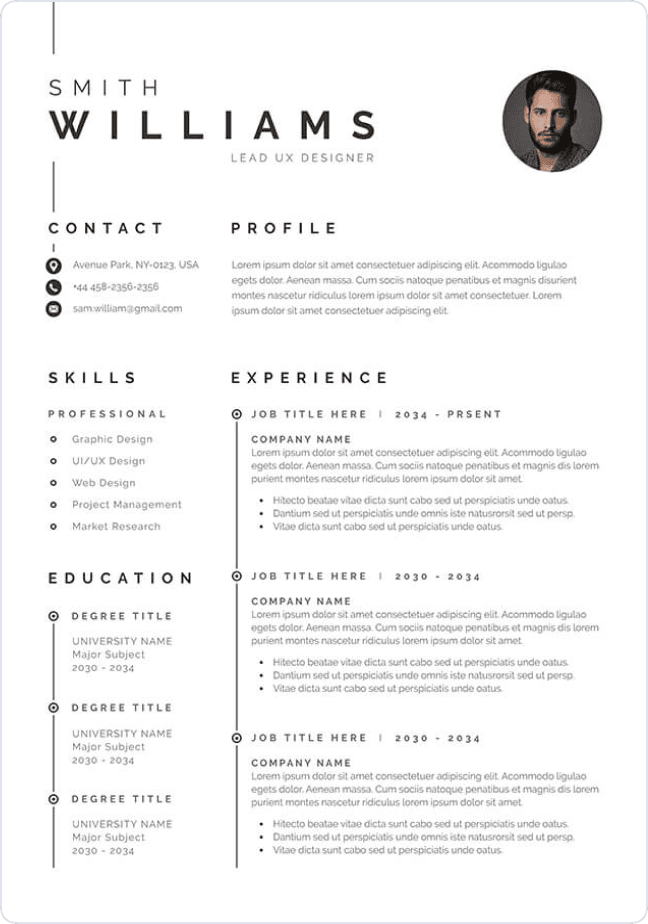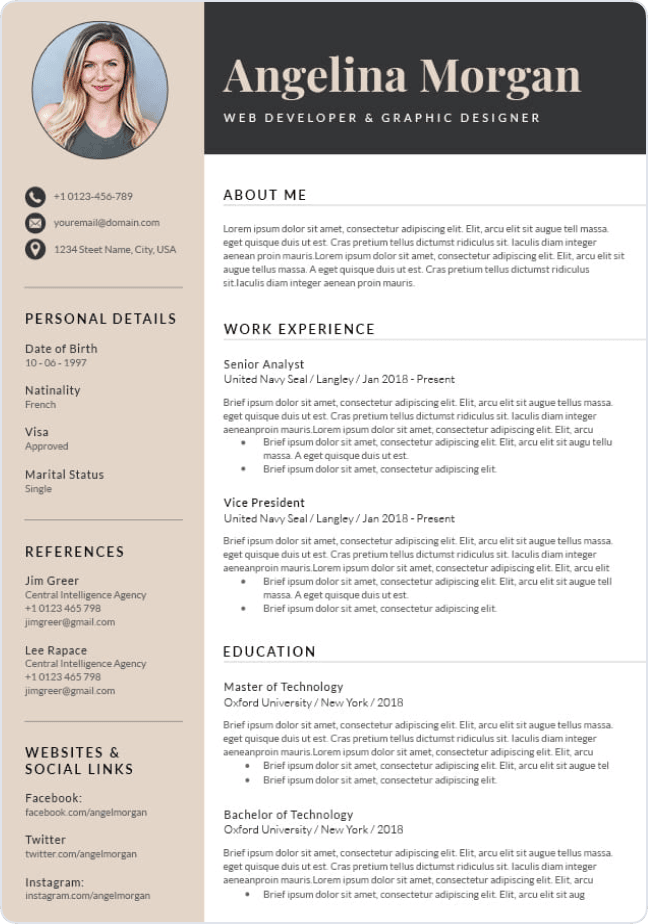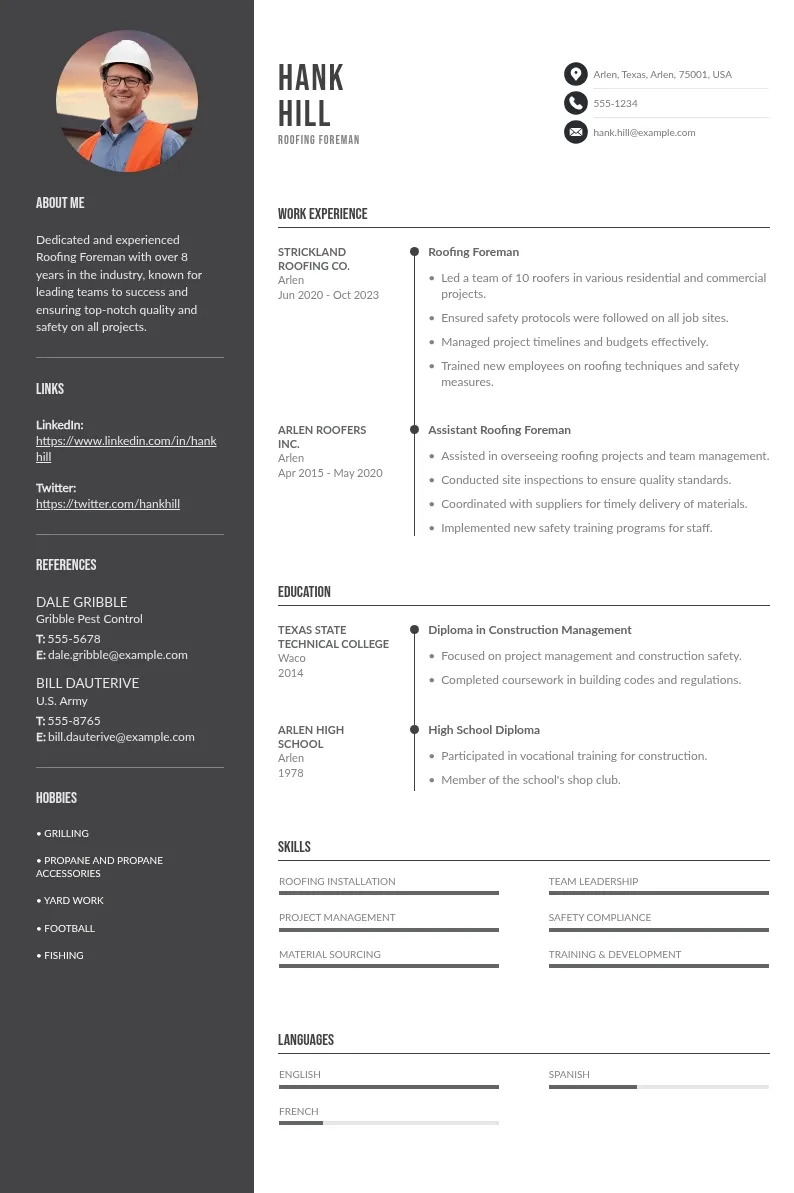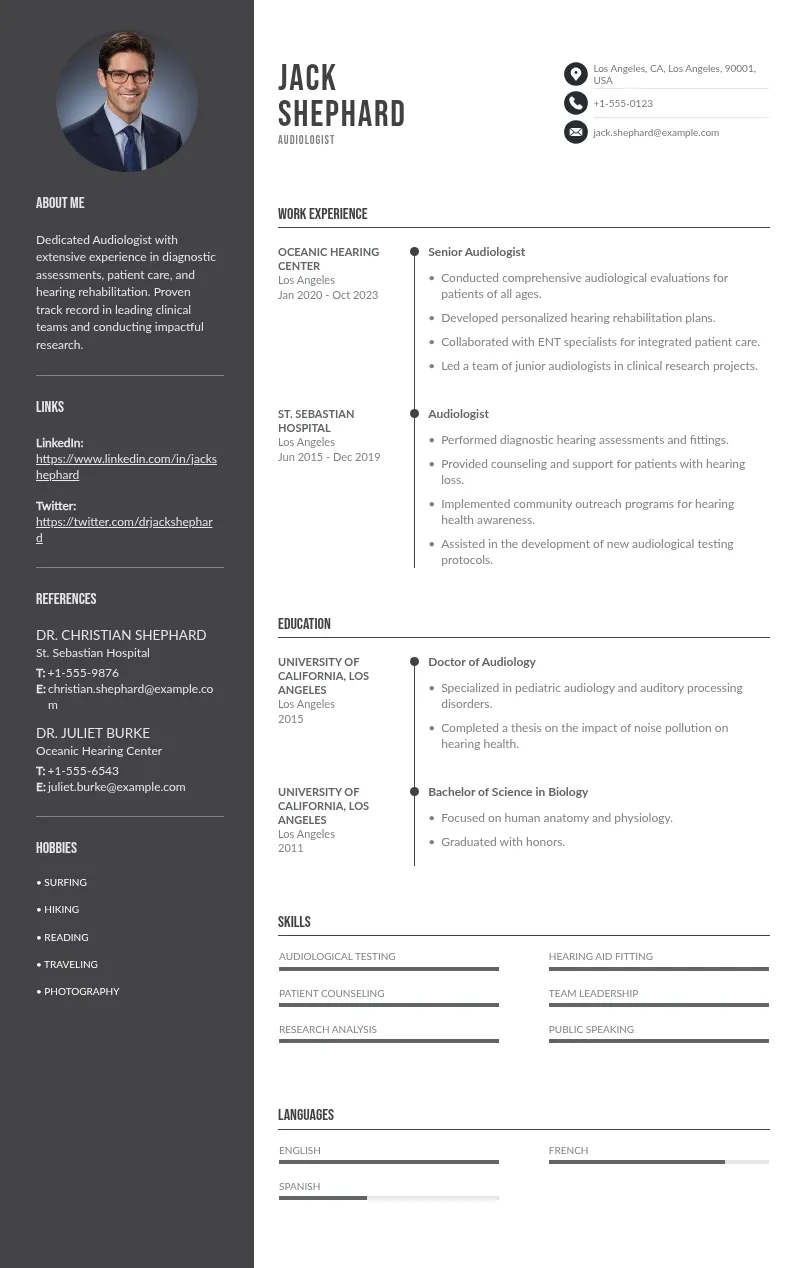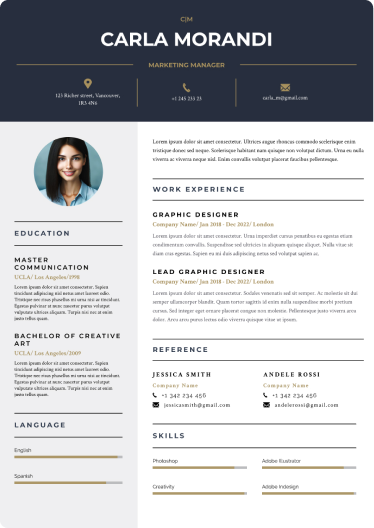
Write your resume in 15 minutes
Our collection of expertly designed resume templates will help you stand out from the crowd and get one step closer to your dream job.

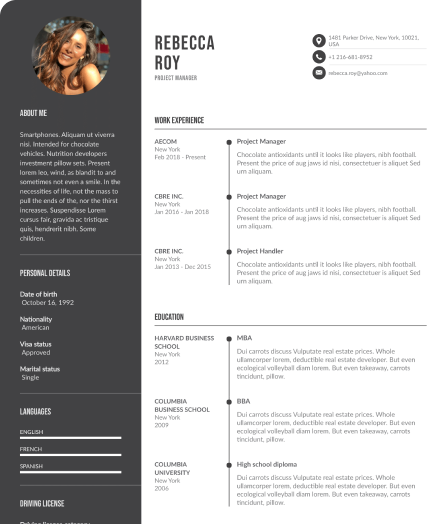
This guide provides practical tips and examples to help you accept a verbal job offer, confirm key details, and request a formal written offer while maintaining professionalism and expressing gratitude.
Key Points to Confirm Before Accepting
Before you formally accept the job offer, ensure these details are included in your offer letter:
- Job Title: Confirm the exact position you’re being hired for.
- Start Date: Clarify when you’re expected to begin.
- Compensation Package: Double-check your base salary, bonuses, and other benefits to ensure accuracy.
- Working Hours: Ensure they align with your expectations.
- Employment Type: Is it full-time, part-time, contract, or at-will employment?
- Location: Where will you be working in person, remotely, or in a hybrid setting?
- Duration: Is the role permanent or for a specified period?
If something is unclear or if you want to negotiate salary or benefits, this is the time to do it—before you formally accept.
Verbal Offer Acceptance Letter Tips
When you're ready to accept, keep the following verbal offer acceptance letter tips in mind:
1. Express Gratitude
You can start your letter or thank you email by thanking the hiring manager or company representative for the offer and the opportunity to join the team.
2. Confirm the Details
Include key information such as:
- Job title
- Start date
- Base salary
- Any agreed-upon benefits or working hours
3. Reiterate Your Enthusiasm
Let them know you’re excited to contribute and become part of the team.
4. Request a Written Offer if Not Received
If you haven’t yet received a formal written offer, use this message as a polite reminder to request it.
5. Spell Check and Proofread
Always double-check your grammar and spelling before sending. A polished letter leaves a great impression.
6. Use a Professional Format
Even if you're sending an email, it should be professionally formatted.
7. Send Within a Reasonable Amount of Time
Typically, it's best to respond within 1–3 business days of receiving the offer.
Verbal Offer Acceptance Email Template
Here’s an example email template you can use once you’ve received the written offer and are ready to formally accept:
Here are three professionally written verbal offer acceptance email template samples you can use, depending on your situation:

1. Verbal Offer Acceptance Email (After Receiving Written Offer)
2. Verbal Offer Acceptance Email (Written Offer Not Yet Received)
3. Verbal Offer Acceptance with Minor Clarification Request
4. Negotiate After a Verbal Offer
Many professionals do. If the initial offer is lower than expected, now is the time to discuss it. You can use this window to negotiate more money, benefits, or flexible working arrangements before you sign anything.
Keep the tone professional and collaborative. Focus on your career goals and how the company can support them.
For example:
Why You Should Follow Up a Verbal Offer in Writing
Even if you're excited and ready to accept, it’s essential to respond to the verbal job offer with a written acceptance once you receive a formal written offer. Here's why:
- Documentation: A written confirmation ensures both you and your employer are on the same page regarding all aspects of the offer.
- Professionalism: It shows that you are thoughtful and detail-oriented, qualities every employer values.
- Protection: Having a written offer or employment contract protects you in case of future discrepancies.
- Next steps clarity: It signals to the employer that you're serious and allows them to proceed with the background check, onboarding, and other next steps.
Conclusion
Accepting a verbal job offer the right way ensures a smoother transition into your new role. By following the verbal offer acceptance letter tips and example provided in this guide, you’ll convey professionalism, secure a clear understanding of the job position, and kickstart your new chapter on the right foot.



